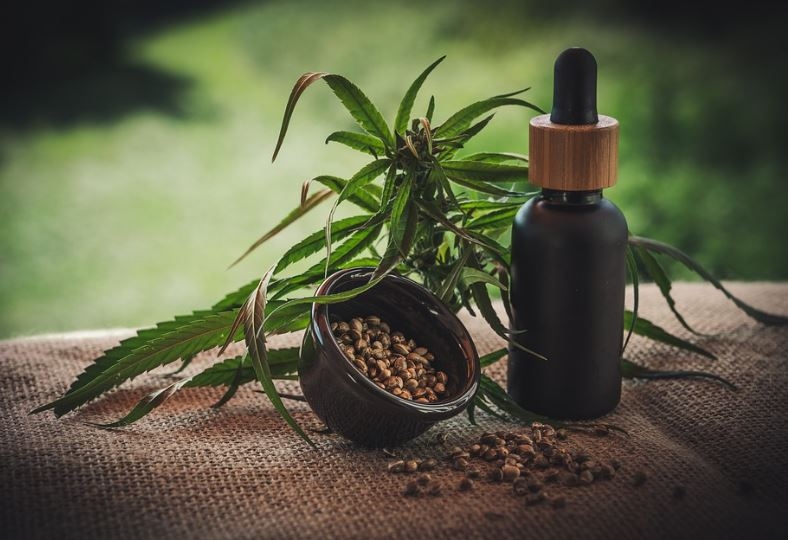Hemp industry maturing quickly

South Dakota will process its first hemp fiber in a matter of weeks, and more processors are gearing to fire up their machines soon.
A local market is expected to boost production for a new crop that’s already put South Dakota among the top producers.
Last year was the second season South Dakota farmers could grow industrial hemp, and the state ranked second in the nation in the number of acres harvested at 2,540 behind Montana. That’s according to the number submitted to the U.S. Department of Agriculture’s Farm Service Agency. USDA will have its official numbers in its 2022 hemp report next month.
South Dakota’s spot near the top is attributed at least in part to the misfortune growers in other states experienced in prior years. Neighboring states jumped in to run pilot programs after the 2018 farm bill gave industrial hemp the go ahead. South Dakota legislators took their time working out state regulations before growers here could plant their first crop. It ended up being a blessing when the market for certain hemp products went bust.
Early on, growers in other states saw big dollar signs in hemp CBD products. So many jumped on that they flooded the market by 2019 and many were left without a place to take their crop.
Now most hemp is grown for either grain or fiber. Fiber is where South Dakota’s processors are focusing. The decorticator machines will take bales of hemp stalks and separate the outer stringy stalk of the plant from the inner woody core called the hurd.
Products made from hemp fiber include twine, boards, flooring and a plastic material.
Tri-State Neighbor photo by Janelle Atyeo
“The hurd and the main fibers can go into so many supply chains,” said Robin Destiche, a California native who now operates several hemp-related businesses from the Czech Republic.
Animal bedding is a popular use in Europe, and interest hemp insulation is growing. Hemp compressed into concrete blocks was recently approved in the U.S. for a building material.
“It will be huge,” said Destiche, who spoke as a guest of the South Dakota Industrial Hemp Association recently.
Over the last three months, the Hemp Association has been touring the state with informational meetings for farmers interested in adding hemp to their spring planting plans. The three board members who gave presentations are each planning a processing facility of their own. Board president Ken Meyer will be the first to have his decorticator running in Winfred, South Dakota. Member John Peterson is setting up another machine in Wakonda, and board vice president Derrick Dohmann is planning to open a grain processing facility in Willow Lake in about a year.
This year, the U.S. will have 20 decorticators ready to process hemp fiber. That means the industry will soon outpace Europe’s, which has 30 years of growth on the U.S. market.
“I think the U.S. will lead the world in hemp,” Destiche said.
In-state processing takes some of the risk out of the new crop for South Dakota growers. It will greatly reduce shipping costs for the bales, which in previous years Peterson trucked to Kansas or Montana. He’d also like to have a specialized cutter in state to offer custom stalk cutting.
Hemp doesn’t require some of the expensive input costs that come with growing corn and soybeans. Seed is the biggest cost.
“It can compete with higher commodity prices right now,” Dohmann said.
The South Dakota Industrial Hemp Association serves as a resource for farmers with questions on planting, harvest and licensing a hemp crop. Growers are encouraged to reach out to board members with questions.





